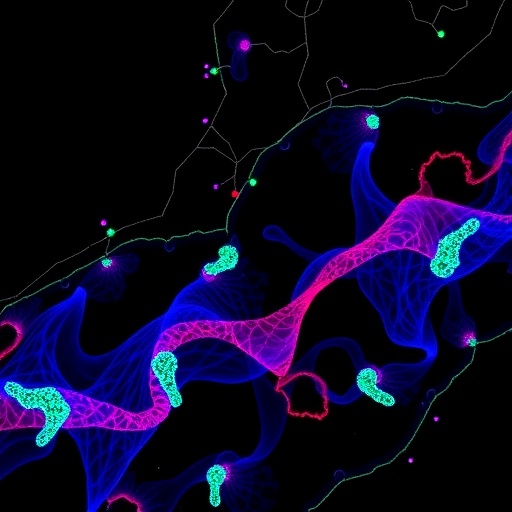In recent years, new cancer treatments have brought hope to people who once had limited options. But for others, the wait for an effective drug continues. Now on the horizon is a new generation of drugs based on a concept called synthetic lethality. The cover story in Chemical & Engineering News (C&EN), the weekly newsmagazine of the American Chemical Society, takes stock of what's in the pipeline.
C&EN Senior Correspondent Lisa M. Jarvis explains that researchers have long recognized the vulnerability of cancer cells with broken genes. The idea behind synthetic lethality is that if just one more key gene in those cells were knocked out, cancer cells would be killed, while healthy ones would survive. Building on this concept, drug companies have gained approval for a new class of drugs called PARP inhibitors to treat ovarian cancer. Interest in the strategy has also driven the investment of hundreds of millions of dollars in new biotech firms.
But questions remain over how effective synthetic lethality will be in the long run. The firms are identifying initial drug targets to test, but those targets were selected based on screening cell lines. Whether drugs attacking these targets will work in real tumors remains to be seen. Further testing over the next few years could yield some answers.
The article, "Driving cancer beyond the brink," is freely available here.
The American Chemical Society, the world's largest scientific society, is a not-for-profit organization chartered by the U.S. Congress. ACS is a global leader in providing access to chemistry-related information and research through its multiple databases, peer-reviewed journals and scientific conferences. ACS does not conduct research, but publishes and publicizes peer-reviewed scientific studies. Its main offices are in Washington, D.C., and Columbus, Ohio.
To automatically receive news releases from the American Chemical Society, contact [email protected].
Follow us on Twitter | Facebook
###
Media Contact
Katie Cottingham
[email protected]
301-775-8455
@ACSpressroom
http://www.acs.org




